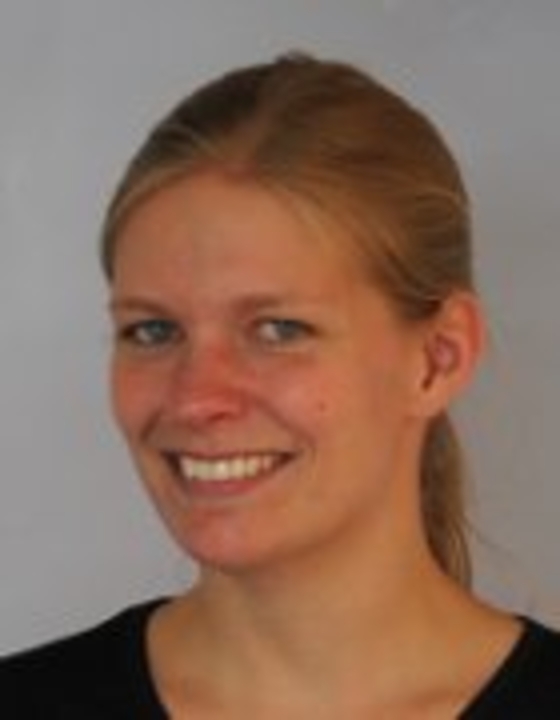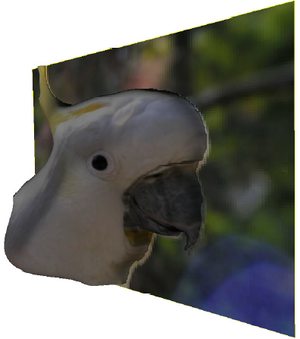
Technical University of Munich
School of Computation, Information and Technology
Informatics 9
Boltzmannstrasse 3
85748 Garching
Germany
Fax: +49-89-289-17757
Mail:
Dr. Claudia Nieuwenhuis
I am currently working as a postdoctoral researcher at UC Berkeley, USA. Here is my homepage.
I received my master's degree in computer science from the Technical University of Ilmenau in 2006 and a master's degree in mathematics from the University of Hagen in 2008. In 2009 I obtained a PhD degree in computer science from the University of Heidelberg. Between 2003 and 2006 I worked as an intern at Siemens Corporate Research in Princeton, NJ, USA and at the Fraunhofer Center for Advanced Media Technology in Singapore. After the PhD I joined the group of Professor Mester in Frankfurt. Since October 2009 I have been a postdoctoral researcher at the computer vision group at the Technical University of Munich headed by Professor Daniel Cremers.
My research interests lie in the field of mathematical computer vision with application to semantic image segmentation, 3D-reconstruction of objects, optical flow validation and medical image analysis. Methodically, I am interested in the combination of discrete and continuous optimization methods for large systems of variables such as variational approaches, partial differential equations and Markov Random Fields on the one hand, and statistical learning theory and machine learning on the other. For fast implementations of the PDE based algorithms I often use graphics processing units (GPUs).
I am currently working in the following research areas:

| Image Segmentation Segmentation of images with semantic priors based on variational optimization methods |

| Optical Flow Estimation Estimation and statistical validation of methods for the computation of motion fields between consecutive image frames |

| 3D Reconstruction from a Single Image Based on a single image the silhouette of the object is extracted. By applying additional constraints e.g. on the volume of the object or the shape along cross sections 3D models can be computed from variational approaches. |


